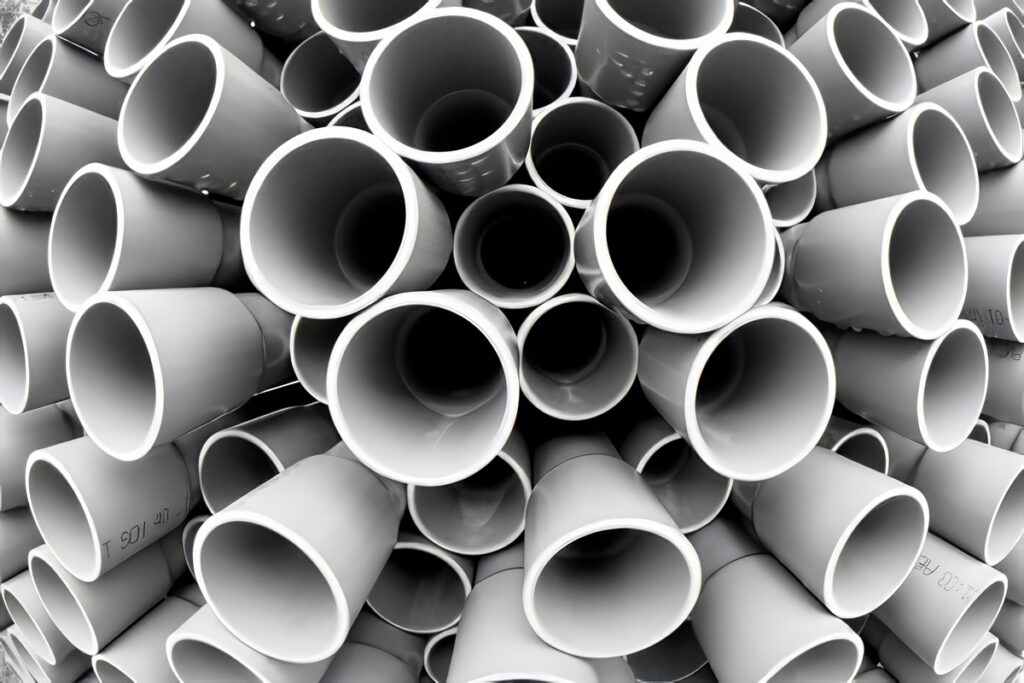Closing the Loop: QLD’s PVC Recycling Revolution
Closing the Loop: QLD’s PVC Recycling Revolution
Closing the Loop on PVC: The Newest Recycling Revolution in Queensland

The Construction Plastics Recycling Scheme, spearheaded by the Master Plumbers’ Association of Queensland (MPAQ) and the Plastics Industry Pipe Association of Australia (PIPA), has emerged as a key initiative in addressing the environmental challenges posed by plastic waste, particularly PVC off-cuts. Launched in November 2021, the scheme aims to educate industry stakeholders, divert plastic waste from landfills, and establish sustainable recycling systems for PVC materials.
PVC, or polyvinyl chloride, is a critical material in modern infrastructure, widely used in plumbing and construction for its durability, efficiency, and cost-effectiveness. Despite its many advantages, a significant challenge lies in the management of off-cuts—scraps generated during the installation of PVC pipes. Without proper recycling frameworks, these off-cuts often end up in landfills, contributing to environmental degradation. The scheme addresses this issue by setting up collection points at TAFE training centers, housing sites, and merchant stores, where plumbers and tradespeople frequently visit.
Once collected, the PVC off-cuts are sorted, audited, and recycled by pipe manufacturers into non-pressure PVC pipes. These processes highlight the 100% recyclability of PVC materials, ensuring that waste generated on-site re-enters the production cycle rather than being discarded. This initiative supports the development of a circular economy, where the lifecycle of materials is extended through recycling and reuse.
PVC’s durability and long service life make it a particularly valuable material for recycling. Pipes and fittings produced from recycled PVC maintain similar levels of performance and longevity, providing an efficient alternative to using virgin materials. The recycling process also significantly reduces the environmental impact of PVC production by lowering the demand for raw materials and cutting greenhouse gas emissions associated with manufacturing.
By 2022, the program entered its second phase, expanding its reach to 16 collection locations across South East Queensland (SEQ) as part of National Recycling Week. This phase marked a milestone in scaling the initiative, with industry stakeholders increasingly recognizing the environmental and economic benefits of PVC recycling. To date, the scheme has collected 14 tonnes of PVC off-cuts, demonstrating the potential for significant growth if scaled beyond SEQ.
Education has been at the heart of the program’s success. The scheme emphasizes the importance of raising awareness among tradespeople and businesses about the value of PVC as a recyclable resource. Educational campaigns have focused on behavioral changes, encouraging participants to separate off-cuts on-site and deposit them in designated bins. This behavioral shift is critical to the long-term sustainability of the initiative and its broader adoption across Australia.
Penny Cornah, Executive Director of MPAQ, noted that the scheme not only helps divert waste from landfills but also reshapes the perception of plastic materials within the industry. By highlighting the economic and environmental benefits of recycling, the program has fostered a culture of sustainability among plumbers, pipe manufacturers, and other key stakeholders.
Plastics recycling schemes such as this one align with broader efforts across Australia and New Zealand to manage plastic waste effectively. For example, New Zealand has implemented initiatives targeting the recycling of hard plastics, including PVC and other construction-related plastics. Such programs demonstrate that with appropriate infrastructure and education, significant reductions in plastic waste are achievable.
The Construction Plastics Recycling Scheme also aligns with the goals of the Australian government’s National Plastics Plan 2021, which seeks to reduce plastic waste and increase the recycling rate to 80% by 2030. Programs like this directly contribute to achieving these targets by creating closed-loop systems for plastic materials, reducing the reliance on virgin plastics.
Looking forward, the program aims to further expand its geographical reach and include additional regions in Queensland and beyond. As the scheme grows, it is likely to drive increased adoption of recycled PVC in pipe manufacturing, demonstrating the viability of high-quality recycled materials in critical infrastructure projects. This will also help mitigate the rising concerns around plastic pollution, positioning PVC recycling as a benchmark for sustainable practices in the plastics industry.
The scheme’s success also offers a model for managing other types of plastics in similar industries. For instance, high-density polyethylene (HDPE) and polypropylene (PP), commonly used in construction and packaging, have similar recycling potential and could benefit from dedicated collection and recycling initiatives. By applying the lessons learned from the Construction Plastics Recycling Scheme, Australia can broaden its plastic waste management strategies and reduce its overall plastic footprint.
In summary, the Construction Plastics Recycling Scheme exemplifies the potential of focused recycling initiatives to address the challenges of plastic waste. By targeting PVC off-cuts and fostering collaboration among industry stakeholders, the program has laid the groundwork for a sustainable plastics economy. Its emphasis on education, behavioral change, and the integration of circular economy principles positions it as a leading example of effective plastic waste management in Australia, with the potential for replication across other regions and materials.


